Fennel Plant
- March 26, 2024
- 0 comment
Fennel plant (Foeniculum vulgare), is a perennial, aromatic herb plant belonging to the carrot family. Native to the Mediterranean, this plant features distinct feathery leaves and yellow flowers, thriving in dry, coastal climates. Fennel plants are recognized for their tall, hollow stems and the unique anise-like flavor of their foliage and seeds, making them a favored ingredient in diverse culinary traditions.
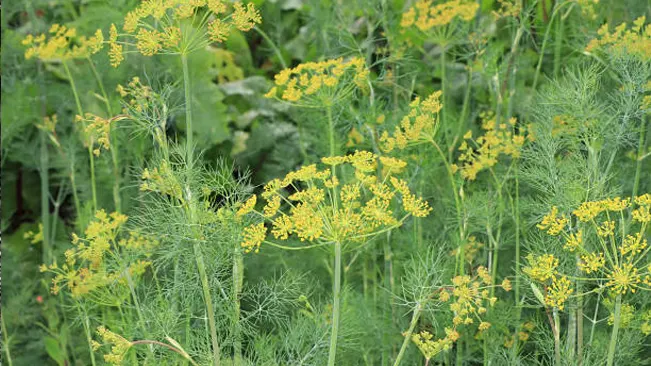
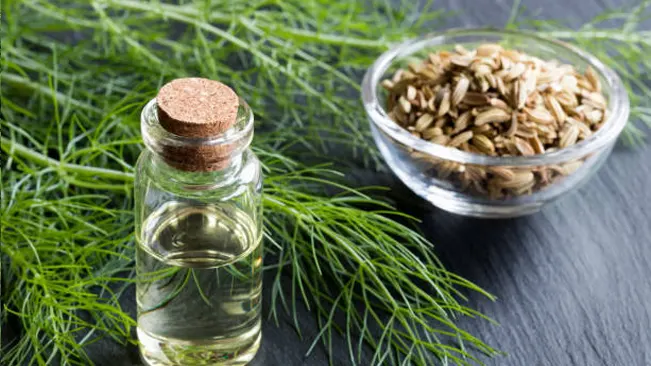
Fennel plays a dual role of both an ornamental and a culinary plant. It’s highly valued for its seeds and bulb-like stem base, both used extensively in cooking for their sweet, licorice-like flavor. Medicinally, fennel has a long history of use, particularly for its digestive and anti-inflammatory properties, and it’s also known to attract a variety of beneficial insects, contributing to the ecological health of a garden.
Characteristics of Fennel Plant
| Characteristics | Description |
| Scientific Name | Foeniculum vulgare |
| Common Names | Fennel, Sweet Fennel, Florence Fennel |
| Family | Apiaceae Family |
| Native Region | Native to the Mediterranean region. |
| Plant Type | Perennial herb |
| Size | Grows up to 6 feet tall. |
| Leaves | Feathery, finely divided, with a soft, fluffy appearance. |
| Flowers | Small, yellow flowers in umbrella-shaped clusters. |
| Propagation | Generally propagated by seed; can self-sow easily. |
| Drought Tolerance | Moderately drought tolerant once established. |
| Cultural Uses | Widely used in culinary applications for its seeds and bulb; also used medicinally. |
| Ecological Role | Attracts beneficial insects like pollinators and predatory wasps. |
| Notable Species | There aren’t many distinct species within the Foeniculum genus; Foeniculum vulgare is the primary species. |
| Hardiness Zones | Suited for USDA zones 4-9 |
| Growth Rate | Moderate to fast, depending on conditions. |
| Lifespan | Perennial, can live for several years with proper care. |
Botanical Beauty of Fennel Plant
Fennel, with its towering presence and delicate, feathery foliage, brings an air of grace and elegance to any garden setting. The plant’s vibrant yellow flowers, blooming atop tall, slender stalks, create a striking visual against the greenery. This herb’s natural beauty makes it not just a culinary asset but also a decorative one, blending well in a variety of garden landscapes.


Woodland Elegance
In woodland gardens, fennel adds a touch of whimsy with its tall, airy structure and fine leaves. It harmonizes beautifully with the dappled light and naturalistic settings, contributing an ethereal quality to the area.
Ecological Importance
Fennel plays a vital ecological role, attracting beneficial insects, including pollinators and predatory wasps, essential for maintaining a balanced ecosystem. Its presence in a garden can enhance biodiversity and promote a healthier, more resilient environment.
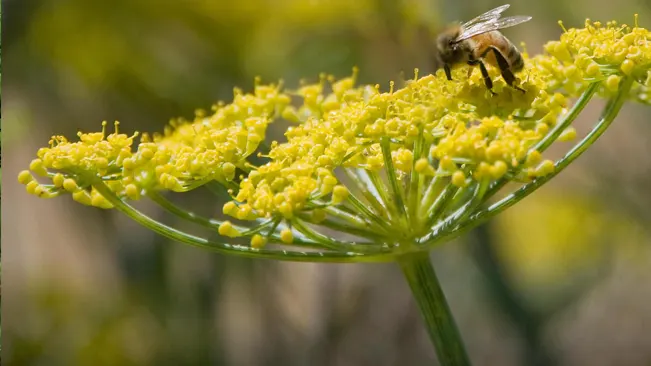
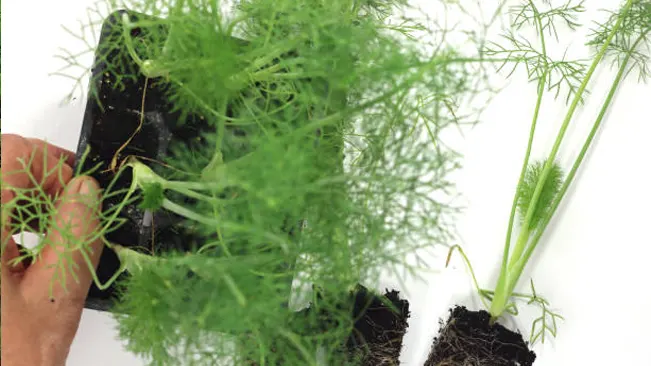
Cultivation and Conservation
Fennel is relatively easy to cultivate, requiring minimal care, and thrives in various conditions, making it a favorable choice for sustainable gardening practices. Its ability to self-seed and adapt to diverse environments makes it an excellent plant for conservation efforts and ecological gardens.
Fragrance
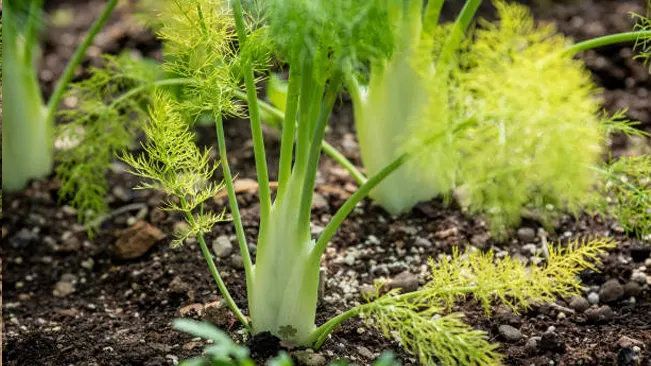
Fennel plant is celebrated for its unique and pleasant fragrance, reminiscent of anise or licorice. This enticing aroma is released from both the leaves and seeds of the plant, particularly when they are crushed or disturbed, adding a sensory richness to any environment it inhabits. The scent of fennel is not only a delight in culinary uses but also holds a place in aromatherapy, known for its soothing and calming properties.
In gardens, the fragrance of fennel contributes significantly to the aromatic landscape, blending well with other herbaceous scents. This quality makes fennel a desirable plant for sensory gardens or areas where a natural, pleasing fragrance is appreciated. Beyond its immediate olfactory appeal, the scent of fennel can attract pollinators like bees, adding to the ecological diversity of the garden.
The fragrance of fennel is also a staple in various cultural and culinary traditions. In cooking, both the fresh leaves and dried seeds release their characteristic scent, enhancing the flavor profile of many dishes. Moreover, the essential oil extracted from fennel seeds is used in perfumery and natural products, valued for its sweet, earthy, and slightly spicy aroma.
Soil Stabilization
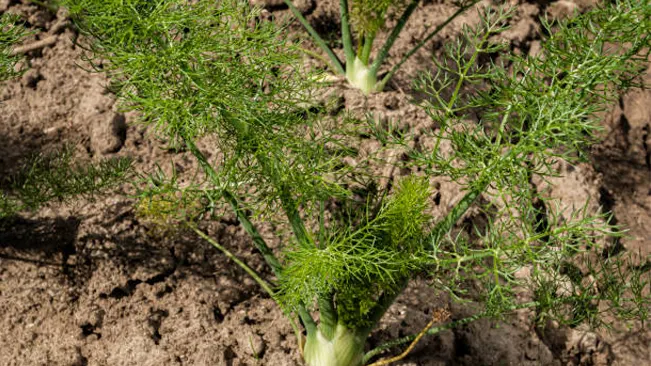
Due to its adaptable nature, is effective in soil stabilization across diverse environments. It thrives in a range of soil types, including those that are not typically ideal for many plants. This adaptability makes fennel a valuable asset in gardens and landscapes where soil erosion might be a concern.
The root system of fennel, while not extremely deep, helps bind the soil, thereby reducing surface erosion. This is particularly beneficial in garden settings where soil preservation is crucial. Additionally, as fennel decomposes, it contributes organic matter to the soil, enhancing its quality and fertility over time.
Fennel’s role in soil stabilization extends to its ability to support a healthy soil ecosystem. The roots foster a favorable environment for beneficial microorganisms, which play a key role in soil health and nutrient cycling. By planting fennel, gardeners can aid in maintaining a balanced, healthy soil structure, which is vital for the overall health of the garden.
Common Uses
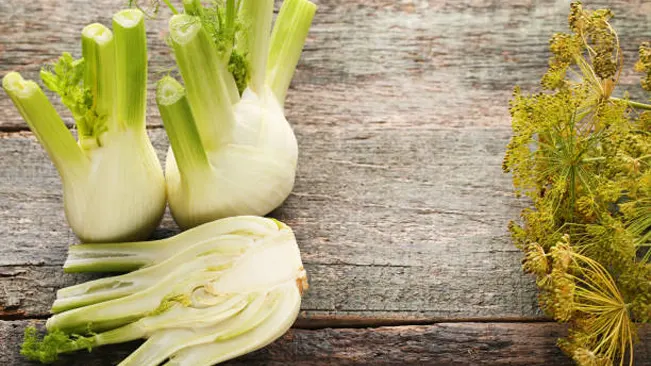
Fennel is widely celebrated in culinary circles for its versatility and distinct flavor. The bulb, characterized by its crisp texture and slightly sweet taste, is a popular ingredient in salads, soups, and stews. Its unique flavor profile complements a wide range of dishes, making it a favorite in many kitchens.
In addition to the bulb, fennel seeds are a staple in many spice blends and recipes. Renowned for their potent anise-like flavor, the seeds are used in dishes ranging from breads to curries, adding depth and complexity to flavors. They are also commonly used in tea blends for their aromatic qualities.
The leaves of the fennel plant, often referred to as fennel fronds, are also culinary gems. Their delicate texture and subtle flavor make them perfect for garnishing dishes, adding both visual appeal and a light, herby taste. Fennel fronds can also be chopped and used similarly to herbs like dill or parsley, enhancing the flavor profile of a variety of recipes.
Benefits
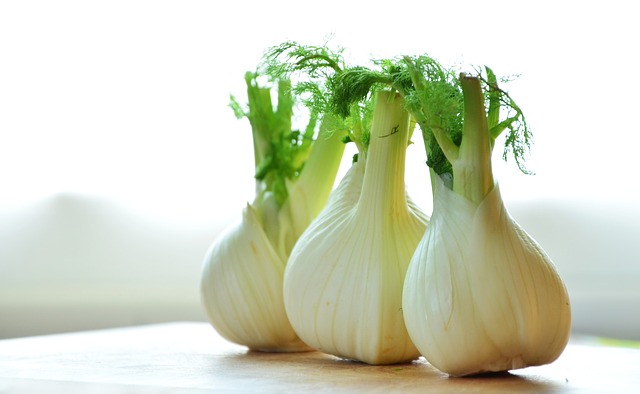
Fennel, known for its unique anise-like flavor, also boasts a range of health benefits. It’s a good source of vitamin C, essential for immune health, and also offers dietary fiber, contributing to digestive wellness. Additionally, its antioxidant properties help combat inflammation and support overall health.
Beyond its nutritional value, fennel has been used in traditional medicine for its purported digestive benefits. The herb is believed to alleviate digestive discomforts such as bloating and gas. Its soothing properties also make it a popular natural remedy for mild stomach ailments.
Fennel’s benefits extend to respiratory health as well. Traditional practices use fennel to alleviate cough and to clear congested respiratory pathways. The herb’s anti-inflammatory effects are believed to be beneficial in reducing symptoms associated with respiratory conditions.
Notable Varieties
Foeniculum vulgare var. dulce
(sweet fennel)
Sweet Fennel, is a perennial herb with feathery leaves and yellow flowers. Renowned for its bulbous stem, it has a sweet, anise-like flavor, making it popular in culinary uses. It thrives in well-drained, fertile soil under full sun.
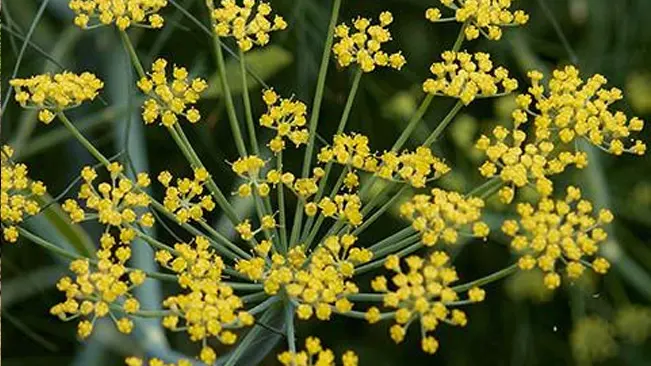

Foeniculum vulgare var. vulgare
(Common fennel)
Common Fennel, is a robust, perennial herb characterized by its tall, hollow stems and feathery, green foliage. This variety produces umbels of yellow flowers and aromatic seeds, widely used for their distinct aniseed flavor in culinary and medicinal applications. It prefers well-drained soils and full sunlight.
Foeniculum vulgare var. azoricum
(Florence fennel)
Florence fennel or finocchio, is a distinctive plant characterized by its swollen, bulb-like base of the leaf stems, which form an oval structure just above the ground, about 3 to 4 inches wide. The plant grows about 3 feet tall, with dense and thread-like foliage that resembles dog fennel. It is aromatic, with a distinct anise-like flavor and odor, used both as a boiled vegetable and raw in salads.
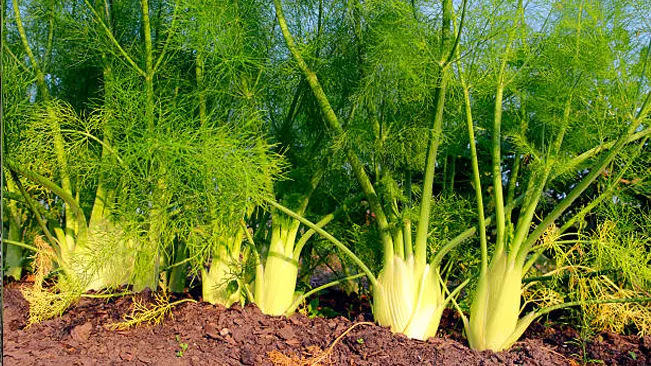
Frequently Asked Questions (FAQs)
- What is the fennel plant?
Fennel plant is a perennial, aromatic herb with yellow flowers, feathery leaves, and a bulbous base, used in culinary and medicinal applications for its unique flavor. - Where does fennel plant grow best?
Fennel plant thrives in sunny, well-drained soils and is adaptable to various climates, often flourishing in Mediterranean-like environments. - What are fennel plant‘s health benefits?
Fennel plant is rich in fiber, vitamins, and minerals, aids digestion, reduces inflammation, and can provide relief from bloating and gas. - How do you plant fennel plant?
Plant fennel plant in full sun, well-drained soil, and space seedlings about 12-18 inches apart to allow for growth. - Can fennel plant be eaten raw?
Yes, fennel plant’s bulb, stalks, and leaves are edible raw, adding a crisp, slightly sweet, licorice-like flavor to salads. - What does fennel plant taste like?
Fennel plant has a unique taste, slightly sweet and reminiscent of anise or licorice, which is milder when cooked. - How do you harvest fennel plant?
Harvest fennel plant bulbs when they are about the size of a tennis ball, cutting at the soil level. - What pairs well with fennel plant in cooking?
Fennel plant pairs well with citrus, apples, onions, pork, seafood, and herbs like dill and parsley, enhancing savory and sweet dishes. - How should fennel plant be stored?
Store fresh fennel plant in the refrigerator, wrapped in plastic, for up to a week to maintain its crispness and flavor. - Are fennel seeds from the same plant?
Yes, fennel plant seeds are harvested from the fennel plant’s flowers and are used as a spice with a concentrated anise-like flavor.



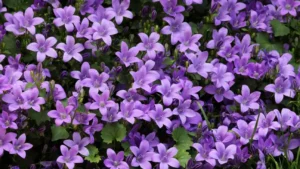
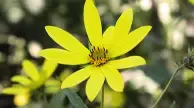
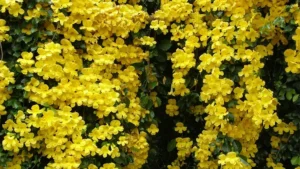
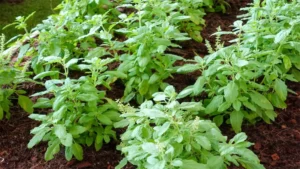



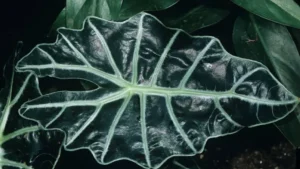

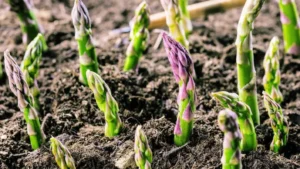

Leave your comment